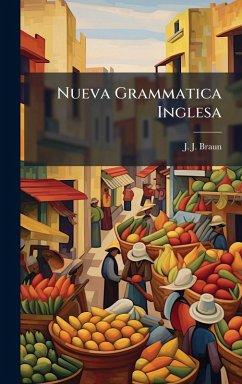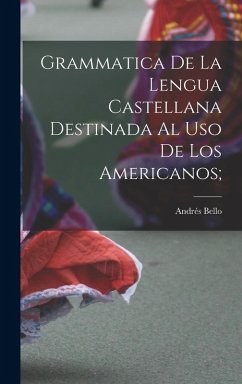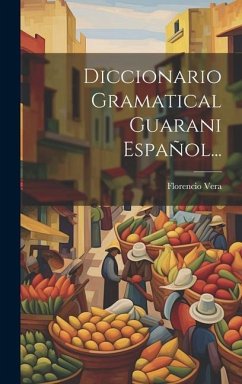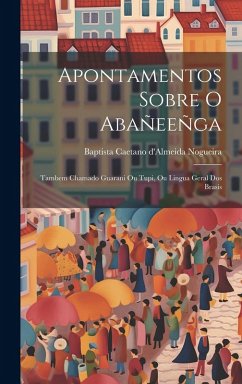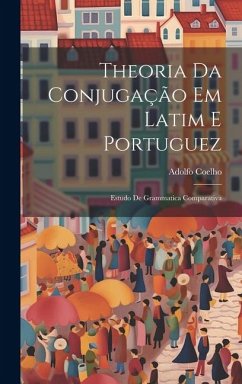
Lingnae Guarani Grammatica Hispanice A Reverendo Patre Jesuita Paulo Restivo Secundum Libro Antoni Tuiz De Montoya, Simonis Bandini Aliuorumque Adjecto Partrcularun Lexico Auno Mdccxxiv....
Versandkostenfrei!
Versandfertig in über 4 Wochen
34,99 €
inkl. MwSt.

PAYBACK Punkte
17 °P sammeln!
Lingnae Guarani Grammatica Hispanice, written by Pauls Restivo, is a historical grammar book detailing the Guarani language, explained through the lens of Spanish. Published in 1724, this book builds upon the work of Antonio Ruiz de Montoya, Simon Bandini, and others, adding a practical lexicon for students. This volume offers a valuable resource for understanding the structure of Guarani as it was understood and taught during the colonial period. Its historical significance lies in its insights into both linguistic practices and the interaction between Spanish and indigenous languages in Lati...
Lingnae Guarani Grammatica Hispanice, written by Pauls Restivo, is a historical grammar book detailing the Guarani language, explained through the lens of Spanish. Published in 1724, this book builds upon the work of Antonio Ruiz de Montoya, Simon Bandini, and others, adding a practical lexicon for students. This volume offers a valuable resource for understanding the structure of Guarani as it was understood and taught during the colonial period. Its historical significance lies in its insights into both linguistic practices and the interaction between Spanish and indigenous languages in Latin America. A key resource for researchers and students of linguistics and Latin American history. This work has been selected by scholars as being culturally important, and is part of the knowledge base of civilization as we know it. This work was reproduced from the original artifact, and remains as true to the original work as possible. Therefore, you will see the original copyright references, library stamps (as most of these works have been housed in our most important libraries around the world), and other notations in the work. This work is in the public domain in the United States of America, and possibly other nations. Within the United States, you may freely copy and distribute this work, as no entity (individual or corporate) has a copyright on the body of the work. As a reproduction of a historical artifact, this work may contain missing or blurred pages, poor pictures, errant marks, etc. Scholars believe, and we concur, that this work is important enough to be preserved, reproduced, and made generally available to the public. We appreciate your support of the preservation process, and thank you for being an important part of keeping this knowledge alive and relevant.





